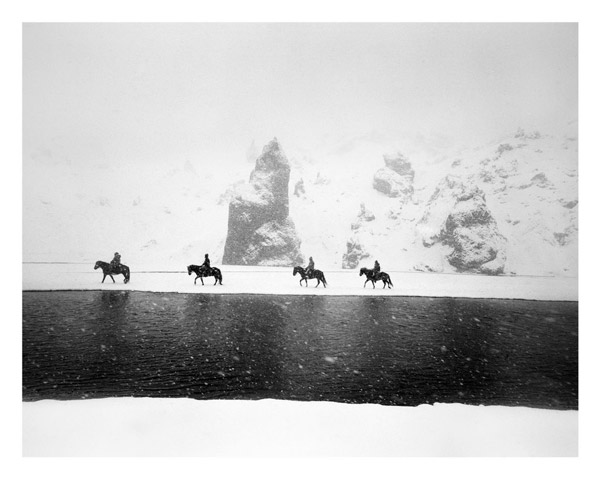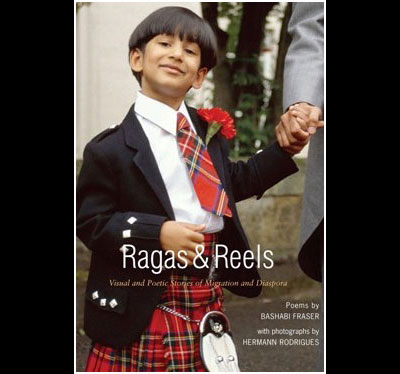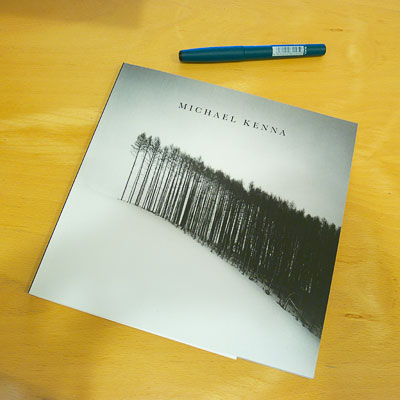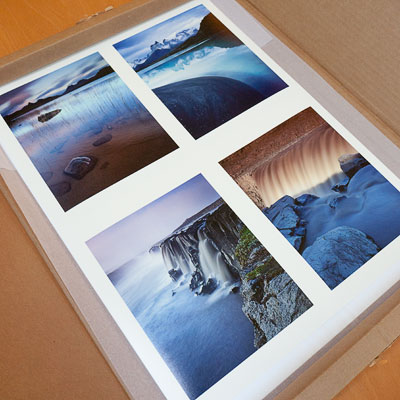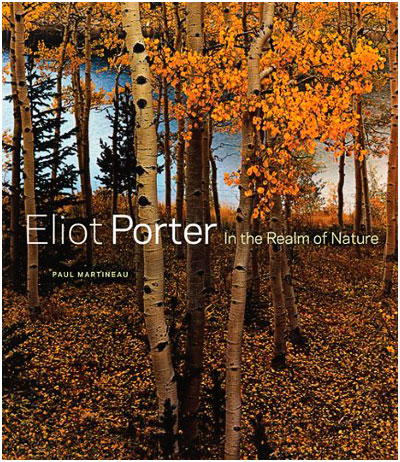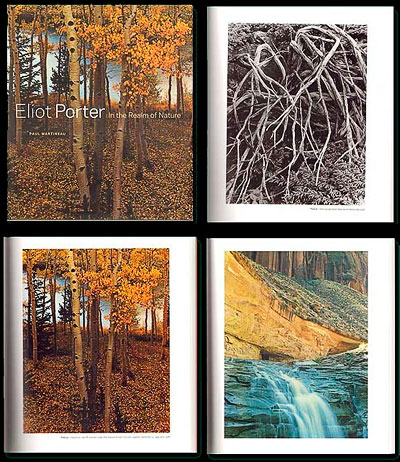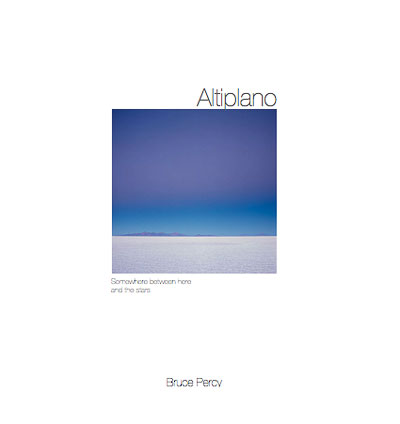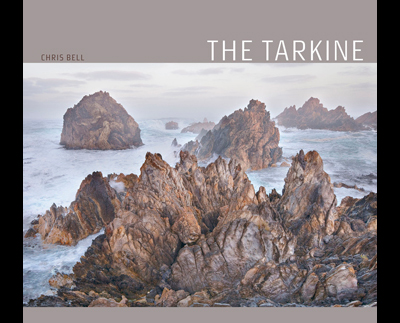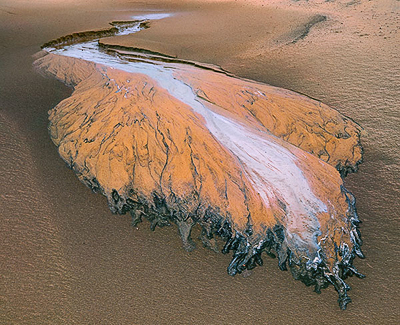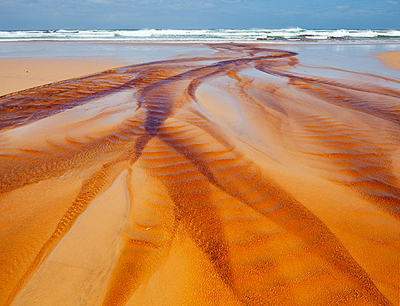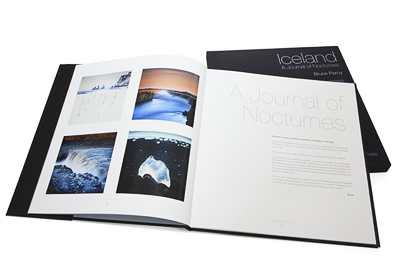Everything around us has meaning. It is up to us to see that meaning, and to apply some form of structure to it.
I often feel as though my whole photography career to date, has been one based on intuition. It’s quite a radical departure from how one often navigates through the waters of life: We see what we want, and we strive to reach it. We often decide upon a path and try as best as we can to get onto that path and follow the direction we wish to take. I think this is a matter of force, rather than a matter of flow.

Living a creative life means being open to possibilities, and things happening along the way that you didn’t expect. These surprises are often gifts, a sign of a new direction we should explore in our creativity, rather than obstacles, as we often see them. But it’s really up to us whether we choose to do so. Nothing should be set in stone.
However, there is maybe one aspect of creativity that is a little bit different from this, and that’s the notion of a concept. Oftentimes, concepts come to me slowly - either by seeing a pattern in the work I’ve created to date and realising there is a story there to be explored and unfolded. Other times I have a strong sense of what it is that I wish to convey and this moulds the direction of the work I am taking. But mostly I feel, it is a combination of both. The work guides me, shows me where it is going, and I begin to apply a sense of structure to it. I often like to think this is part creative and part analytical - it’s me utilising two different aspects of my character. Sometimes one of them is more dominant than the other; I seem to feel I can be very loose in what I’m creating, like it’s really rather irrelevant and when I find something of substance within the randomness of my creations, I will move into a more structured way of assembling the pieces, looking for coherence in what I’m doing.
I feel my latest book was very much like that. What started out as a terrible trip to Iceland in the summer of 2011, catapulted me into creating a thematic piece of work. I wasn’t aware during that summer that what I’d captured was perhaps a very strong set of images. It hadn’t even dawned on me at the time that there was a strong story waiting to be sifted and filtered and brought into focus once I’d done reviewing all the transparencies I’d created.
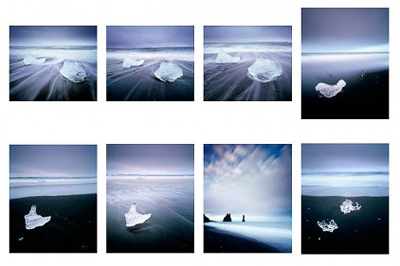 It was only once I’d done the editing stage that I realised I had something concrete, something perhaps stronger than the sum of its parts. It surprised me even to know I’d created such a thing because I never saw it, never envisaged it at the time of capture. I had no preconceptions about what I was doing, and I think that’s really important when creating things. You have to go with the flow and just accept what happens.
It was only once I’d done the editing stage that I realised I had something concrete, something perhaps stronger than the sum of its parts. It surprised me even to know I’d created such a thing because I never saw it, never envisaged it at the time of capture. I had no preconceptions about what I was doing, and I think that’s really important when creating things. You have to go with the flow and just accept what happens.
Six months later I felt I wanted to put a book together about these black sand beaches, but I didn’t feel I had enough material. I also felt there was no theme at hand for them. I toyed with the idea of calling it all ‘black sand white ice’, but that just didn’t sound elegant enough for me. If the title isn’t elegant, then it’s unlikely that the concept behind it is either. After a few workings I came up with the notion that all my images of Iceland to date had been created during the nocturnal hours. There was now the sense of a concept behind the images. The work had dictated the concept, and in turn the concept dictated how I would lay out the content of the book and in particular, the tone of the text that would be included inside it.
The text inside this book you see, is rather a little dreamy. It’s less of a ‘how I made this shot’, and more a case of expressing how I felt, and how I interpreted what I saw. Actually, now that I think about that, how I felt and how I interpreted my landscape is in fact a description, or maybe an understanding of the motivations I had to create the work. For instance, I often found some of the ice sculptures to be like animals, some of them were metaphors for the icelandic landscape. One in particular looked like an ice-seal, and there are often seals swimming around the coast line. So I think the 'dreamy' text does indeed explain how the work was created. But overal, Iceland is a dreamlike landscape, one which needs to be absorbed and considered, and I wanted to reflect that very much in the text.
I’d also like to stress that I don’t see myself as a photographer. I feel that’s too much of a label, and it’s perhaps a limiting one. We are creative people. We create things, and I emphasise this point, because I feel that my iceland book is not a book of photographs. It is a concept, something to be considered as a whole.
I found the images seem to dictate the theme and that theme dictated how the book should look. For instance, Darren (my book designer friend) and I discussed the colour of the cloth at length because we felt it should be similar to the volcanic dark sands found in Iceland. Everything was a decision based upon a theme. I felt I was creating a piece of art in some way, rather than a book, and the photographs were only the beginning of it. Why stop at creating the images, and hand over the rest of the design to someone else? Surely you should be involved in how your work is conveyed, reproduced and how it is presented? Surely you have a say in how you feel it should all be wrapped up? And most importantly, you will know how it should be presented, because you understand the theme or concept behind your work.
So what now? Well, at the moment I feel I have pretty much a clean slate. It's quite liberating to feel that I can close off a piece of work, and now forget about it. The iceland book was perhaps quite an absorbing project to be involved with. Things run their course, and I can now happily say it's finished and I'm already looking forwards to other projects I have in the back of my mind. I've started looking at some of my other work, to see if I can find a theme, a concept of some sort, and I think I've begun that process. It's rather exciting to feel that one thing leads to another, and by simply being open and experiencing my existing work in a new way, I can see something lurking, waiting to be pulled out and developed. Maybe something new will come of it. I really don't know, and I guess that's what's so great about the creative process, things often have a way of taking on a life of their own.
